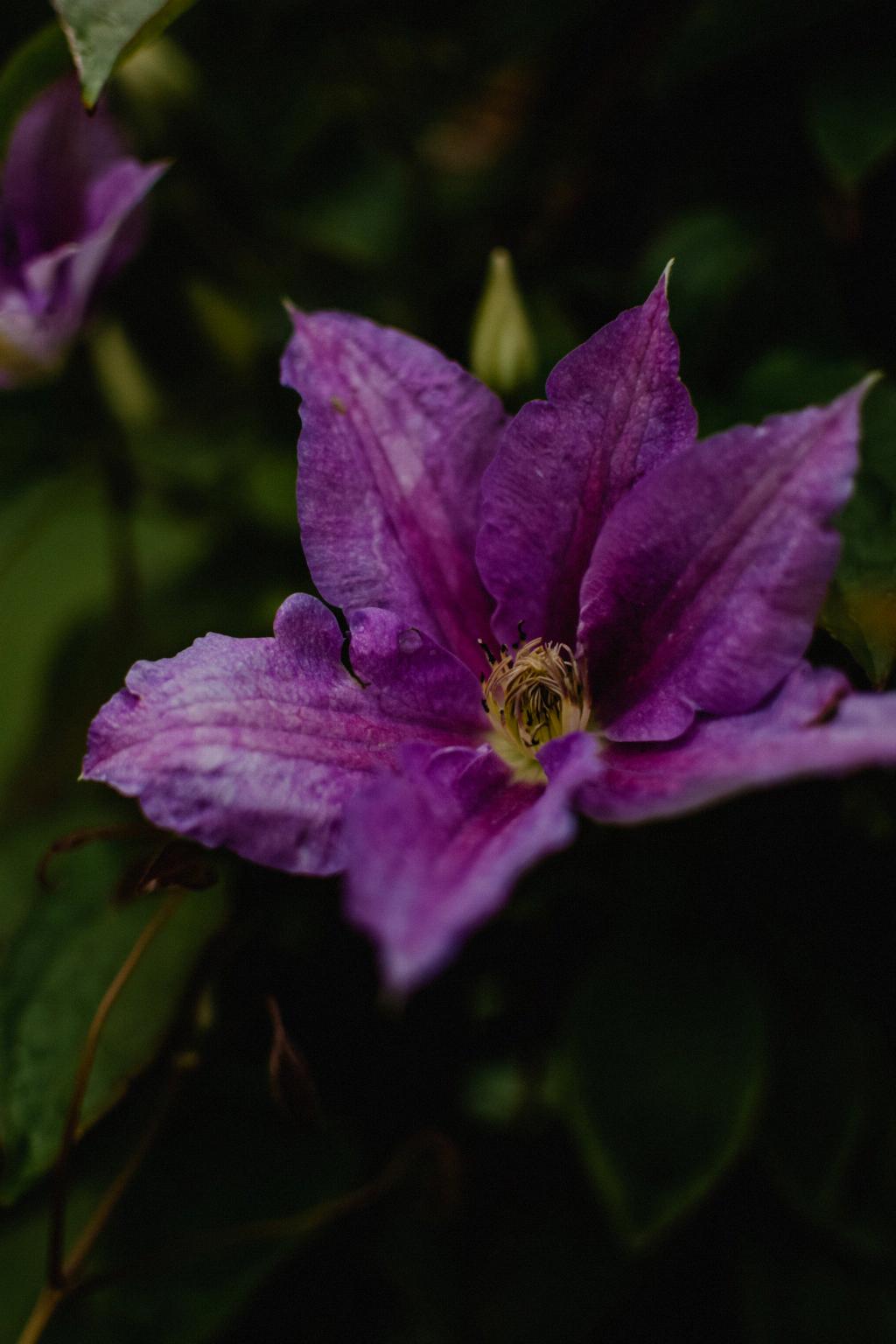Pruning clematis is an essential task to ensure healthy growth and abundant blooms. The timing of when to cut back your clematis largely depends on the specific type of clematis you have in your garden. Some clematis varieties bloom in early spring, while others bloom in mid-spring or later in the season.
If you have an early-spring blooming clematis, it is recommended to prune the plant right after flowering has finished. This timing allows the plant to recover from blooming and establish new growth before the next growing season. By pruning immediately after flowering, you can encourage more robust blooms in the following year.
On the other hand, if you have a mid-spring or later blooming clematis, the best time to prune is in early spring before the buds swell and new growth begins. This preemptive pruning helps shape the plant and promote healthy growth throughout the season. The specific cutting technique may vary based on whether your clematis blooms earlier in the year or later in the summer.
Understanding the blooming pattern of your clematis is crucial in determining the appropriate pruning schedule. By identifying the flowering time of your plant, you can optimize the timing of your pruning efforts to support its overall health and vitality. Proper pruning not only enhances the visual appeal of your clematis but also promotes stronger growth and more prolific blooming.
Early-spring blooming clematis varieties benefit from post-flowering pruning to remove spent blooms and encourage fresh growth. By cutting back these clematis after flowering, you can redirect the plant’s energy towards producing new shoots and buds for the upcoming season. This proactive approach sets the stage for a more robust display of blooms in the following year.
In contrast, mid-spring or later blooming clematis require early spring pruning to shape the plant and stimulate healthy growth. Trimming these clematis before active growth begins allows you to control the size and structure of the vine, promoting an aesthetically pleasing form and abundant flowering later in the season. By initiating pruning at the right time, you can set the stage for a flourishing display of blooms.
Proper pruning techniques are essential when cutting back clematis to avoid damaging the plant and compromising its blooming potential. Whether you are pruning an early-spring or mid-spring blooming clematis, it is important to use sharp, clean tools to make precise cuts. Pruning cuts should be made just above a set of strong, healthy buds to encourage new growth and flowering.
When pruning clematis, it is advisable to remove any dead, diseased, or damaged stems to promote overall plant health. Removing weak or overcrowded growth helps enhance air circulation within the plant, reducing the risk of diseases and pest infestations. By practicing regular maintenance pruning, you can keep your clematis in top condition and ensure optimal blooming performance.
While pruning clematis may seem daunting at first, understanding the specific pruning requirements of your plant simplifies the process. By following the recommended pruning schedule based on the blooming time of your clematis, you can support its growth and flowering potential. Remember that proper pruning at the right time is key to maintaining a healthy and vibrant clematis vine in your garden.

